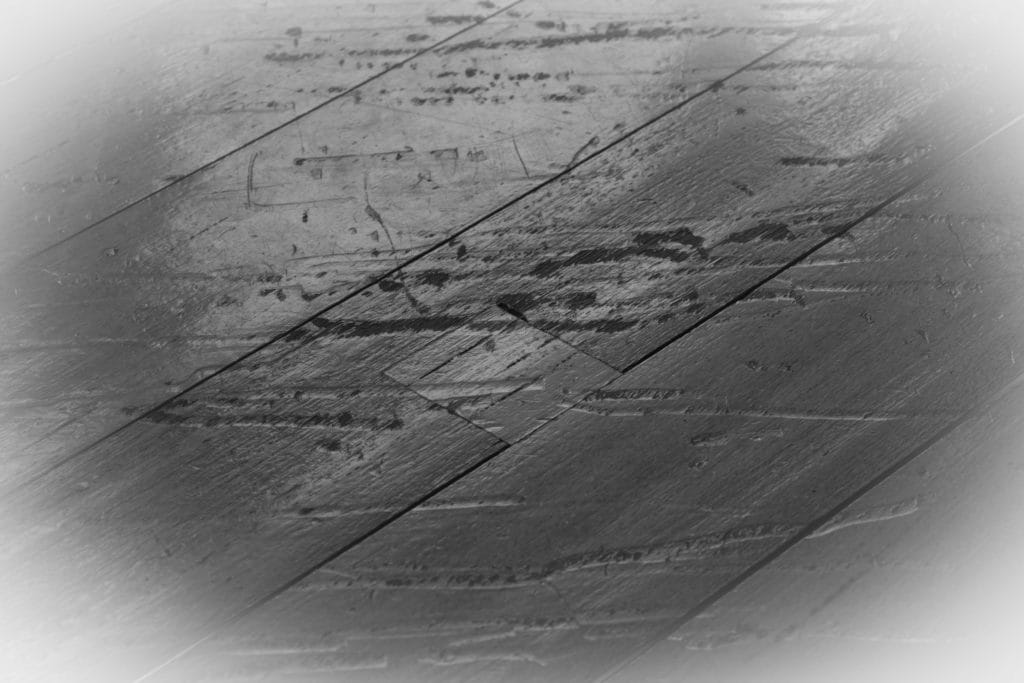I’ve walked down this road many times over more than 30 years. The trees are a little taller and the roads have improved with gutters and the piles of rubbish that were worked by small families who lived under plastic sheeting beside the storm water have gone along with the family of pigs who shared the takings. On the sidewalk are a few barrows that sell fruit and veg to local households as they wheel along shouting their wares. Mangy dogs sleep nearby.
There is a park that opens its gates for people to come and walk amongst the trees, to run or for children to play on the equipment. Beyond the park is a stall selling chai and upma where students gather after class to chat and exchange their observations and experiences. By Indian standards this is an affluent well-kept suburb named Model Colony and this is where BKS Iyengar opened his Ramamani Iyengar Memorial Yoga Institute in the city of Pune in 1975 after his wife’s death in 1973,e built with the support of his students from throughout the world. After decades of teaching, he had arrived.
The institute is a pyramid in shape and covers 4 levels including the Library in the basement, the entrance hall and change rooms. Above this sits the hall where classes are conducted and then the pranayama room. At the pinnacle is a shrine to Hannuman the monkey god. It’s a unique building.
Much has changed from my first trip in 1983. In those early visits one would drop off the map on entering India. Calling home was not really an option, changing travellers cheques could take half the day and an aerogram would often arrive after you had returned home.
We would often go to morning class or practice then stay to assist the 930am class before going for breakfast and to take notes before returning to practice in the afternoon at 4pm then assisting or observing the 6pm class. The days were full and intense but this was why we came. It was a chance to step out of our own world and immerse ourselves in the practice and be taught by the Iyengar family- Guruji, his daughter Geeta and son Prashant. The otherworldliness of a month of study surrounded by the culture of India and the dislocation supported the study.
There was always an air of translation. The need to make sense of what was being said because the Indian English was unfamiliar and at times words were used in ways that conveyed meaning differently or made you reassess the actions. The language was bought into the service of communicating an experience rather than simply to describe an action. It was something I had never experienced before. The language made me go inwards. You might be asked to churn the abdomen rather than turn the abdomen within a twist and this took me into myself to examine what I felt and what was happening in my abdomen. He was inventing language, just as he invented so much else, in his search to understand, and through this, his teaching. We as his students, were recording the asanas in our bodies through the experience of his teaching rather than recording what he taught. As he had done, we were learning to study ourselves through a practice.
Download the full PDF article below

